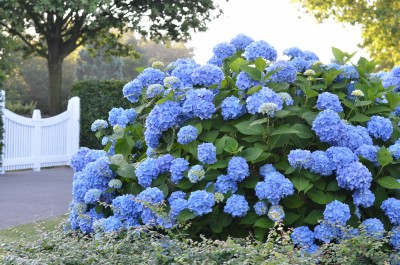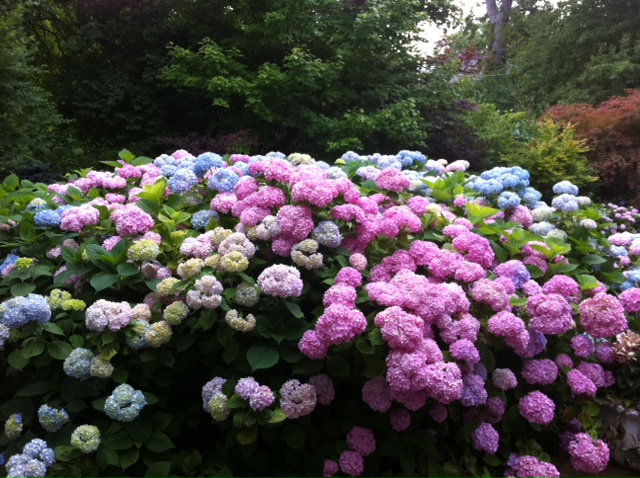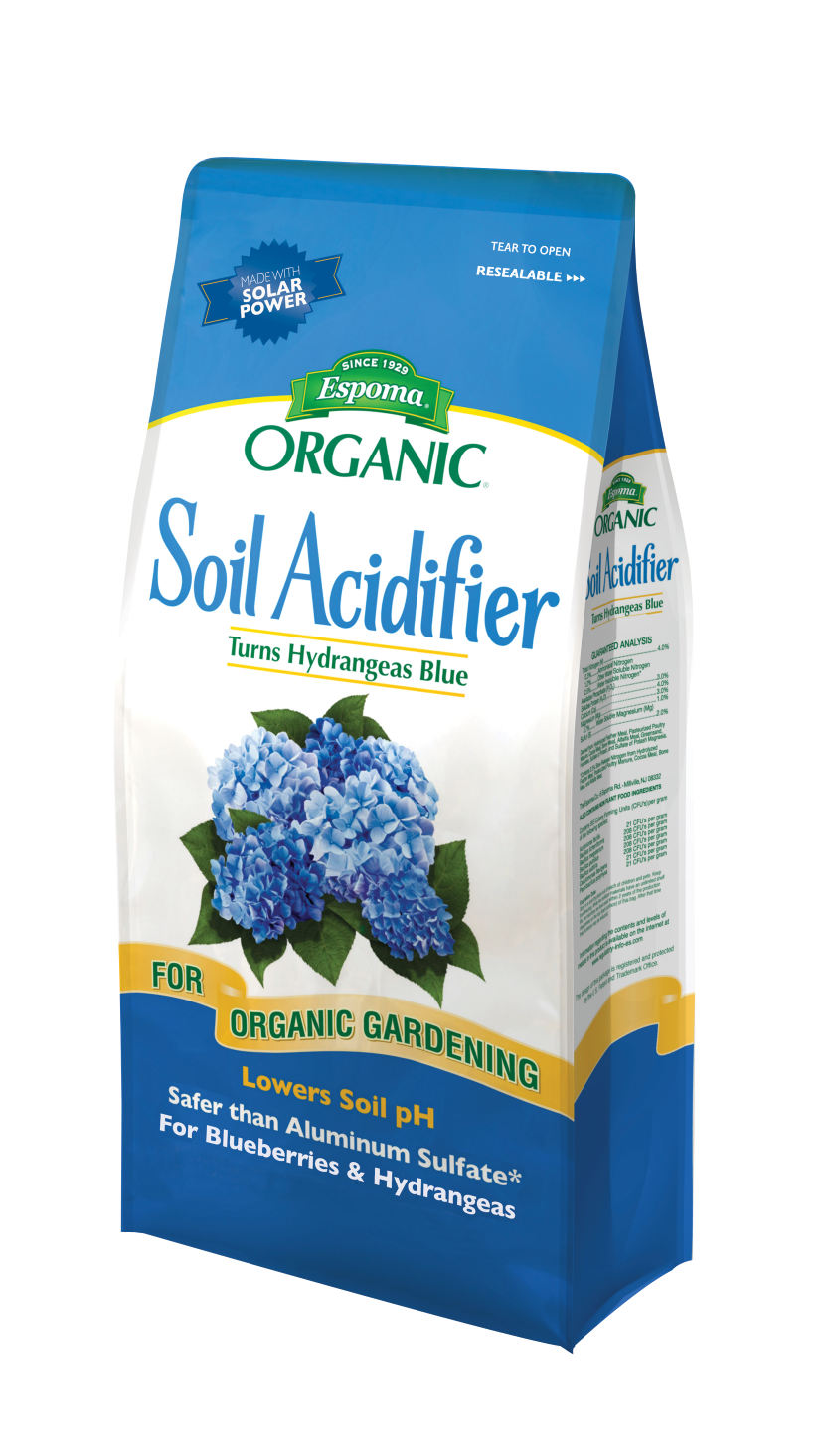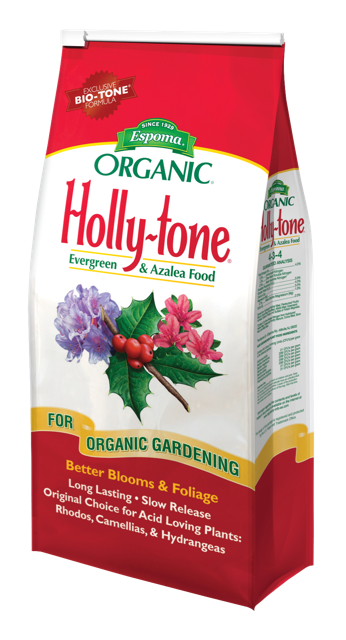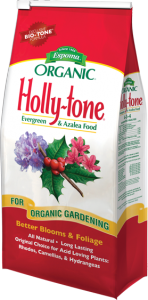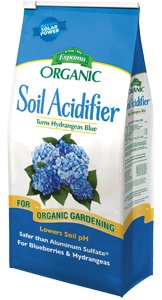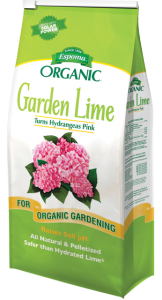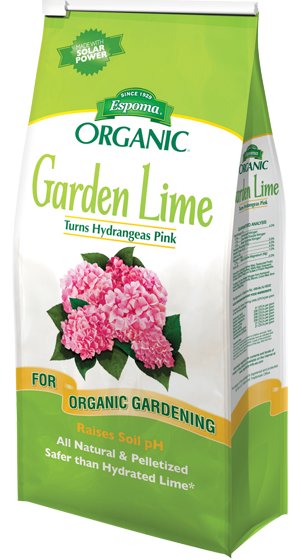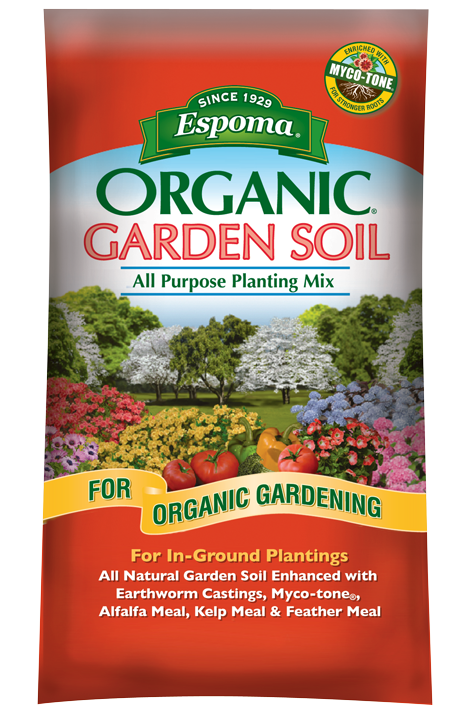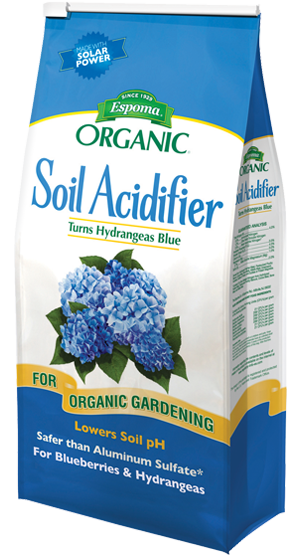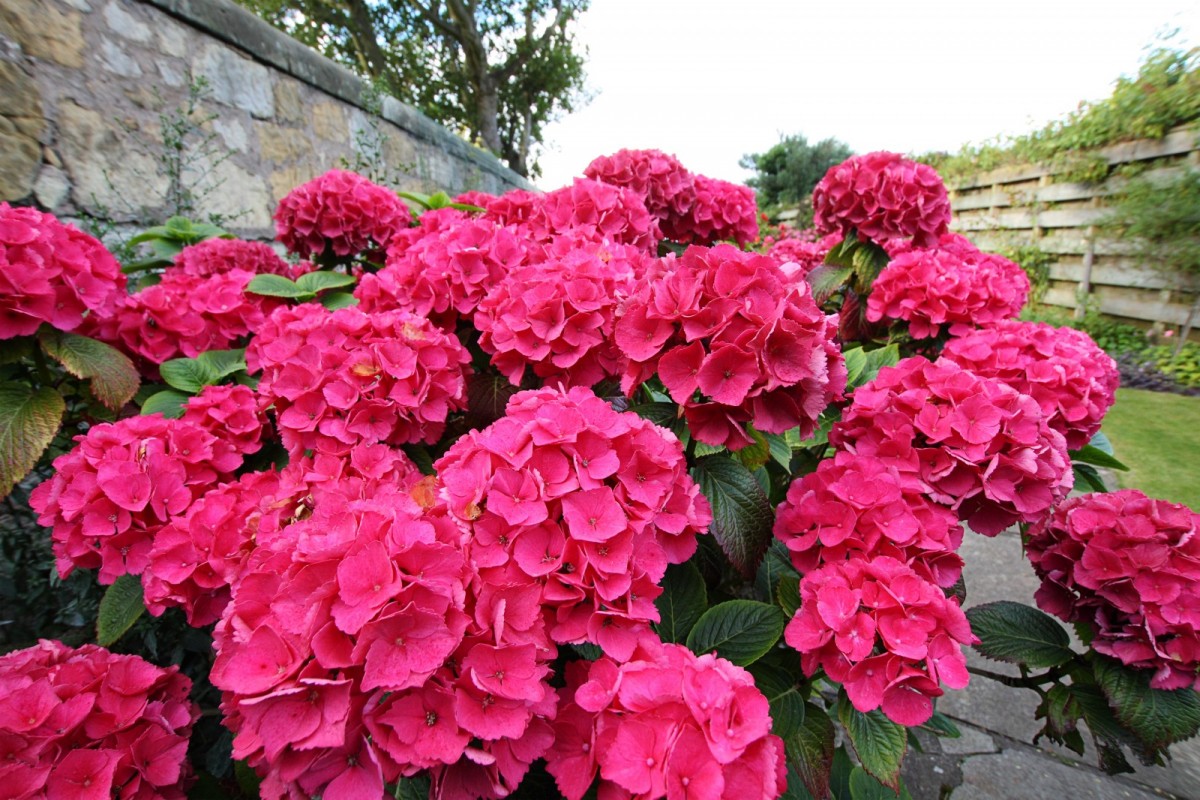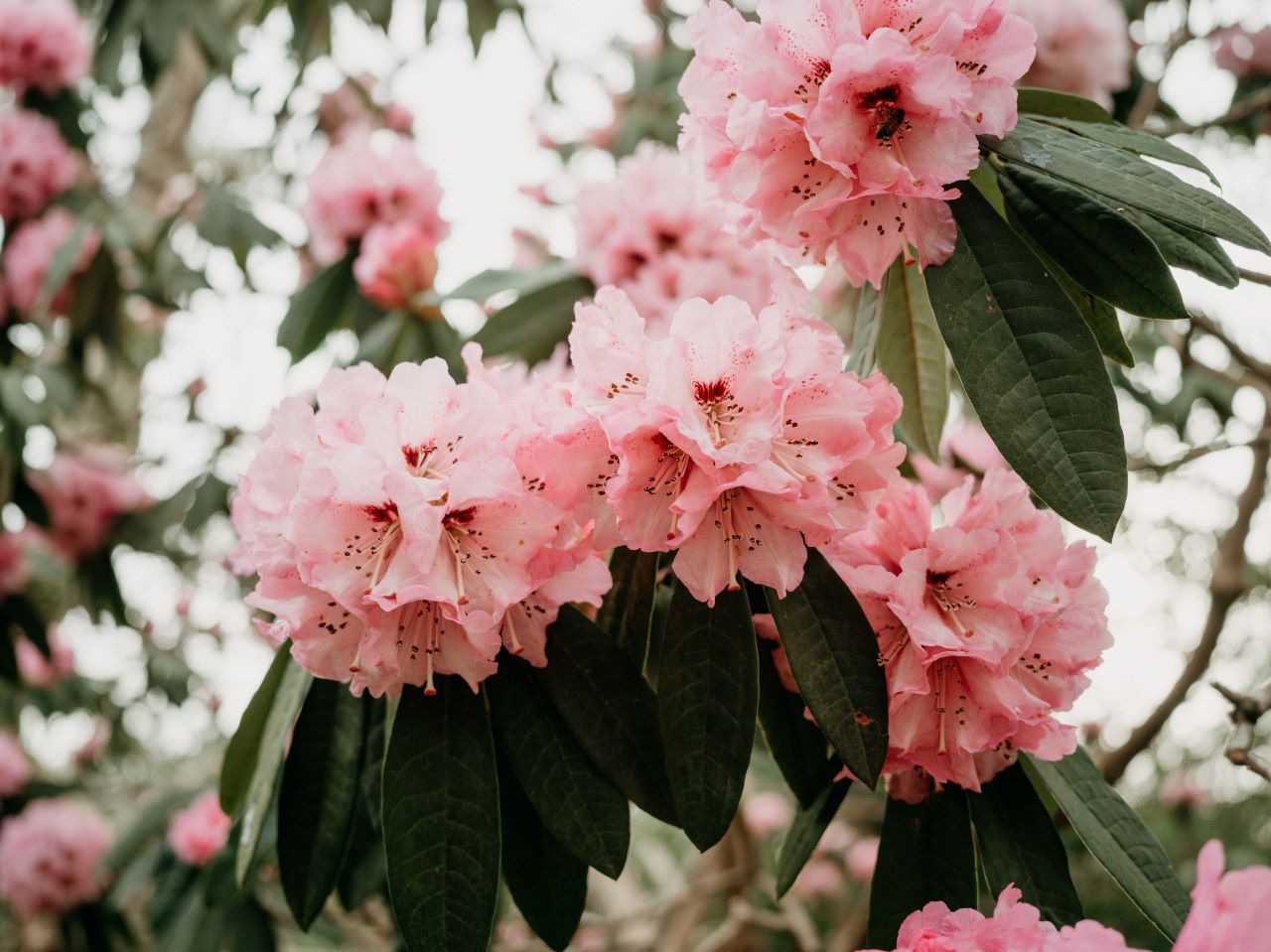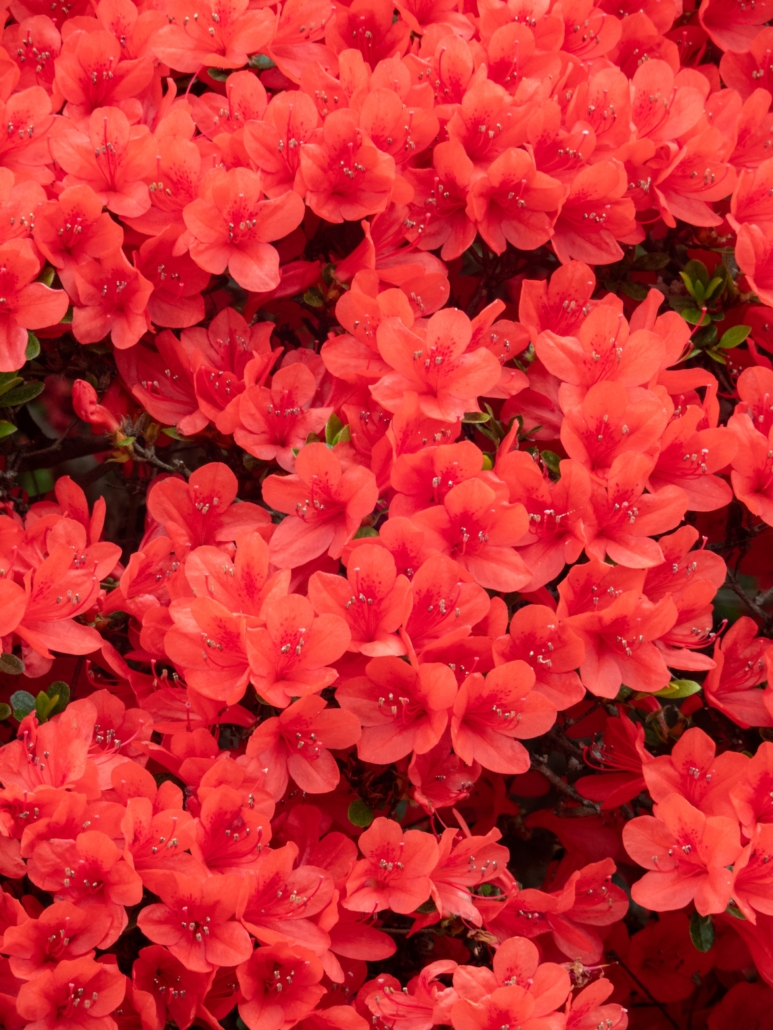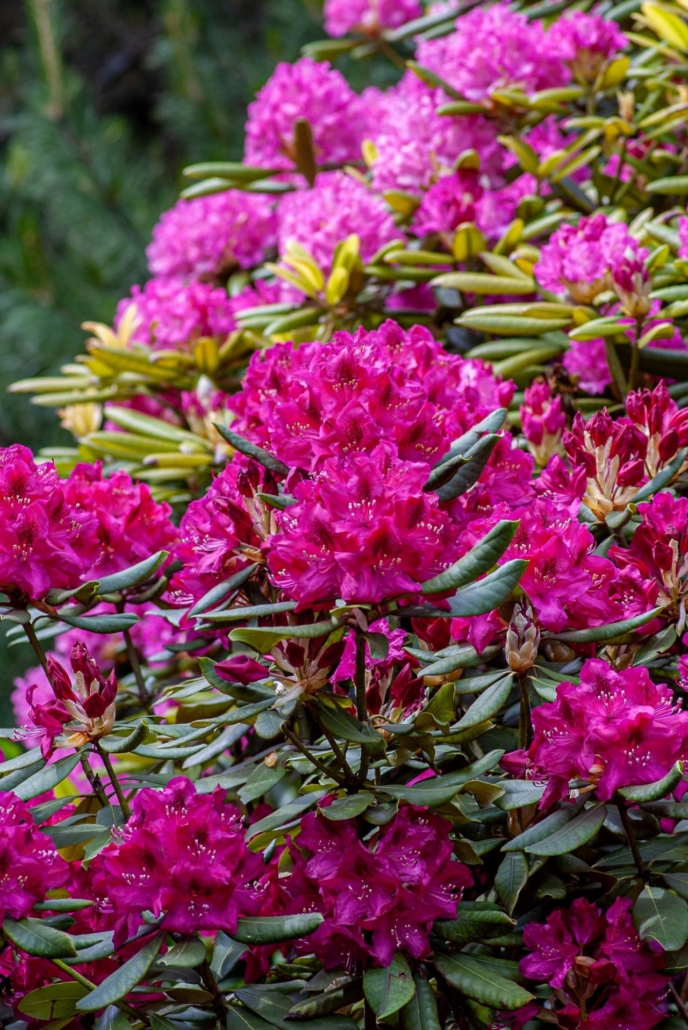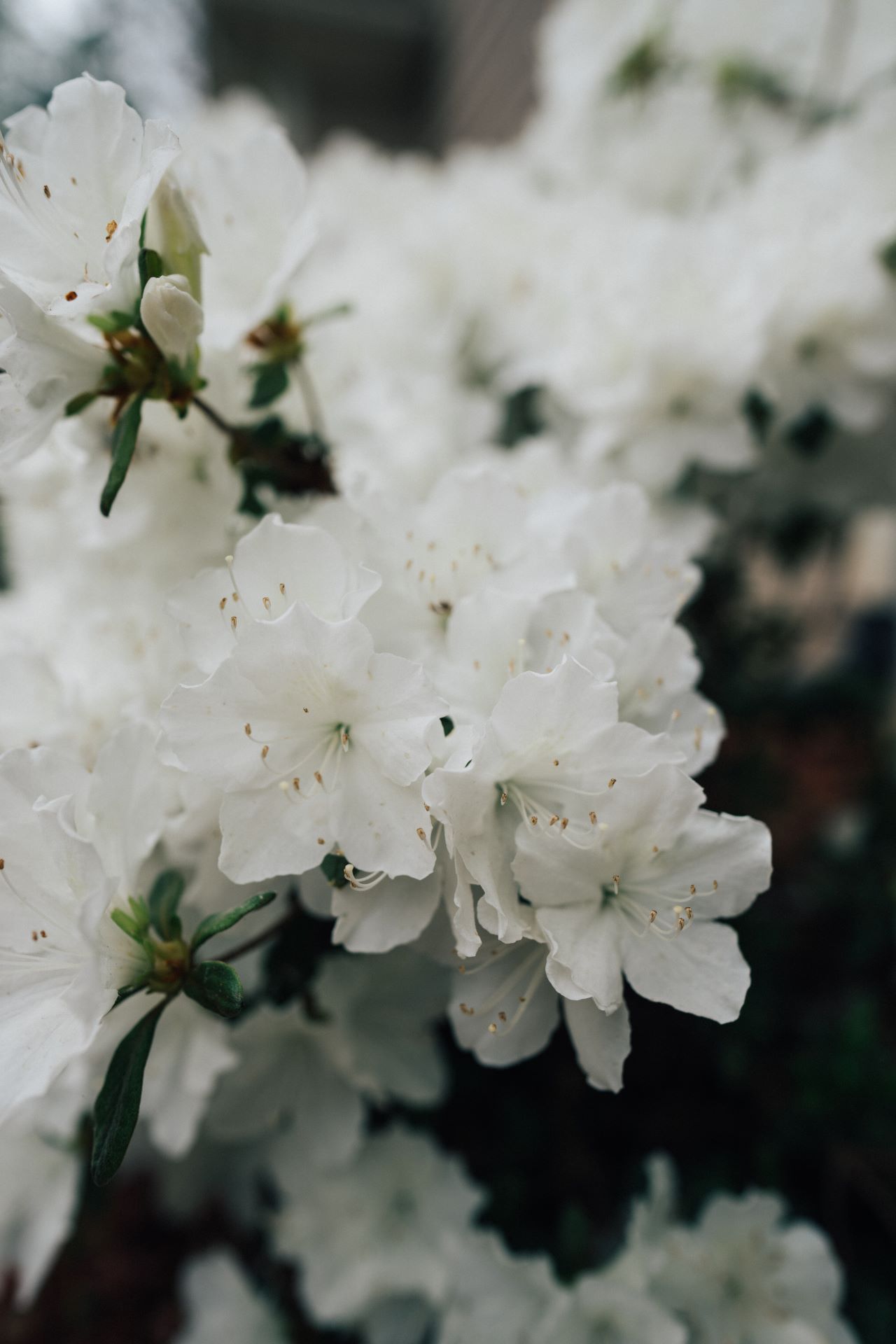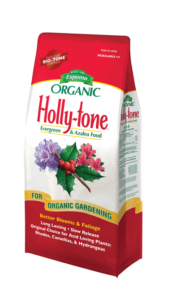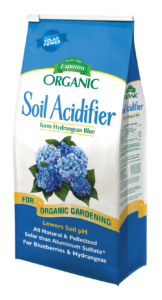More is More: Hydrangeas that Bloom All Summer
Once upon a time, hydrangeas would only bloom once a season. Not anymore! Now, you can choose a variety of hydrangeas that bloom all summer long. You can even prune these at any time.
Reblooming hydrangeas flower on both new and old growth, meaning you can enjoy flowers from June until the first frost. They’ll continue to bloom long after other flowering shrubs and perennials have stopped. Long lasting blooms of blue, violet, pink, white, or chartreuse add brilliant pops of color to any garden.
Plus, these hydrangeas perform a magic trick. Depending on your soil’s acidity, the hydrangea color changes. Creating breathtaking blue hydrangeas is extremely easy. All you need to do is amend your soil with Espoma’s Organic Soil Acidifier.
The Original Endless Summer Hydrangea – A beautiful game changer! The Original Endless Summer hydrangea was the first non-stop blooming hydrangea. Plus, it’s easy to care for. You’ll be wowed by its color-changing blooms all season.
Hydrangea Type: Mophead
Shrub Type: Deciduous
Light: Part sun-mostly shade
Size: 3-5’ H x 3-5’ W
Zone: 4-9
Blooms: Late-spring-early fall. Blooms can be blue, purple or pink based on soil pH.
Features:
-
- Blooms all season
- Very disease tolerant
- Easy care
- Works in container gardens
Soil: Moist, well-drained soil. 5.5 or lower soil pH for blue blooms. 5.5-6.5 soil pH for purple blooms. 6.5 soil pH or higher for pink blooms.
Penny Mac Hydrangea – Large flowers that just keep blooming! The Penny Mac hydrangea is super easy to care for and seems to thrive on neglect. While the blooms can change color, they’re naturally a vivid blue.
Hydrangea Type: Mophead
Shrub Type: Deciduous
Light: Part sun
Size: 4-6’ H x 3-4’ W
Zone: 5-8
Blooms: Mid-summer-early fall. Blooms are typically blue, but can be changed to pink or purple based on soil pH.
Features:
- Attracts birds
- Repeat bloomer
- Fast growing
- Easy care
Soil: Moist, well-drained soil. 5.5 or lower soil pH for blue blooms. 5.5-6.5 soil pH for purple blooms. 6.5 soil pH or higher for pink blooms.
Let’s Dance Starlight Hydrangea – You’ll feel like dancing when you see this breath-taking bloom. It’s elegant, bright and beautiful textured. Plus, it’s the first-ever, re-blooming lacecap hydrangea.
Hydrangea Type: Bigleaf
Shrub Type: Deciduous
Light: Full-part sun
Size: 2-3’ H x 2-3’ W
Zone: 5-9
Blooms: Mid-summer-early fall. Vivid, lacecap blooms can be blue, purple or pink based on soil pH.
Features:
- Small hydrangea
- Repeat bloomer
- Works in container gardens
- Salt tolerant
Soil: Prefers moist, well-drained soil. 5.5 or lower soil pH for blue blooms. 5.5-6.5 soil pH for purple blooms. 6.5 soil pH or higher for pink blooms.
Keep the blooms coming all season long with the hydrangea that speaks to you! Want one that grows in full sun? Learn about the best hydrangeas for beginners. Find out even more about hydrangea care in our Ultimate Hydrangea Guide!

